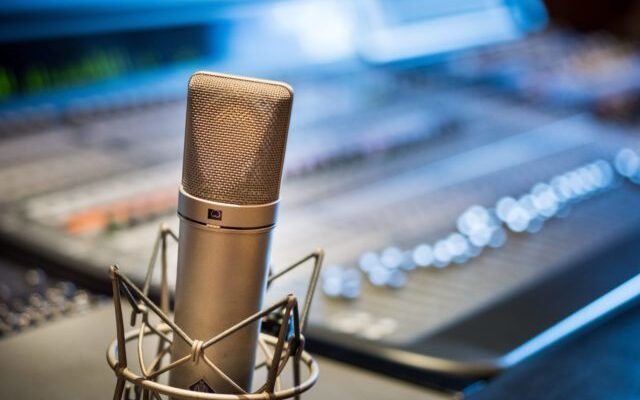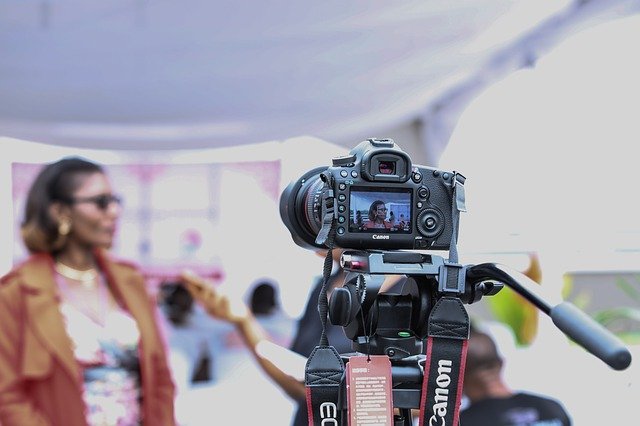A voiceover is a production technique that consists in superimposing a voice in order to translate a sentence in the audiovisual field. For this, the voice of a speaker not appearing on-screen is recorded. This professional recording method is used most notably in documentaries, news reports, reality shows or TV series.
The main reasons for which this technique is employed are to create credibility and for dramatic effect. Seeing and listening to a person as they express their feelings is a resource that attracts a huge audience in the world of television.
The benefits of voiceovers
There are various types of speakers and voiceovers for radio, dubbing or sports reporting. In a radio studio, the voice is projected and improvised; on the other hand, a different approach is required for a commercial brand or company’s advertisements, for which a specific intention will be requested.
Voiceovers have a range of different uses among audiovisual projects. The possibilities are almost endless: from dubbing to narrating audiobooks or documentaries, among many more. One of the biggest challenges is achieving a natural tone with perfect diction. Another difficulty is paying a fair price for a good voiceover. Below, we’ll list a few of its main advantages:
· From a financial point of view, translating with this technique is much cheaper than other types of audiovisual translation – such as dubbing. Even at a technical level, this option is much easier to edit.
· Some companies and audiovisual-distribution companies opt to purchase these translation services as a guarantee of reliability. Being able to hear the original voice behind the voiceover of documentary testimonies creates a greater feeling of authenticity for the viewer.
. Emotivity is another aspect in this type of translation. It’s important that right professional is chosen for this type of work.
A good translation company must be sure that the speaker will be able to correctly mark the time codes. Likewise, the dialogue’s length must be calculated in order to successfully adapt the text to the voiceover. Often, these dialogues will be shorter or longer than the original speech. On the other hand, phonetic adaptations will need to be made if the text includes foreign names or words that imply a certain difficulty.
The difference between this technique and dubbing for translation companies
Companies specializing in translation offer dubbing as part of their services. However, the reality is that voiceovers and dubbing are not the same. For the latter, the voice of original speaker is fully replaced by the dubber.
When it comes to voiceovers, on the other hand, the original voice can still be heard behind the superimposed voice. Quite simply, the volume is reduced so that the secondary voice can be clearly heard on top of this original speech. This also avoids the need to perfectly synchronize the speech with the movement of the character’s lips.
In short, voiceover is a very attractive technique in the world of audiovisual production, which requires professionals capable of properly conveying the message in a natural and credible way.






